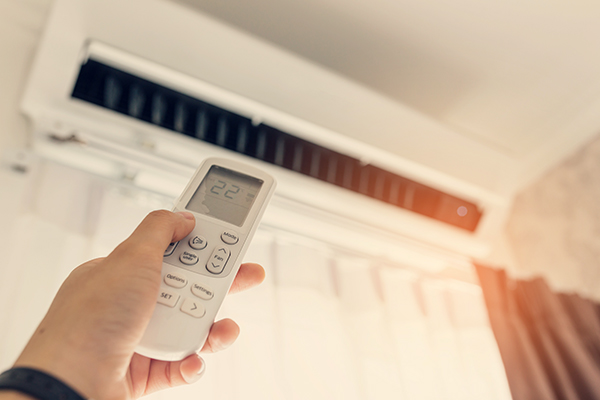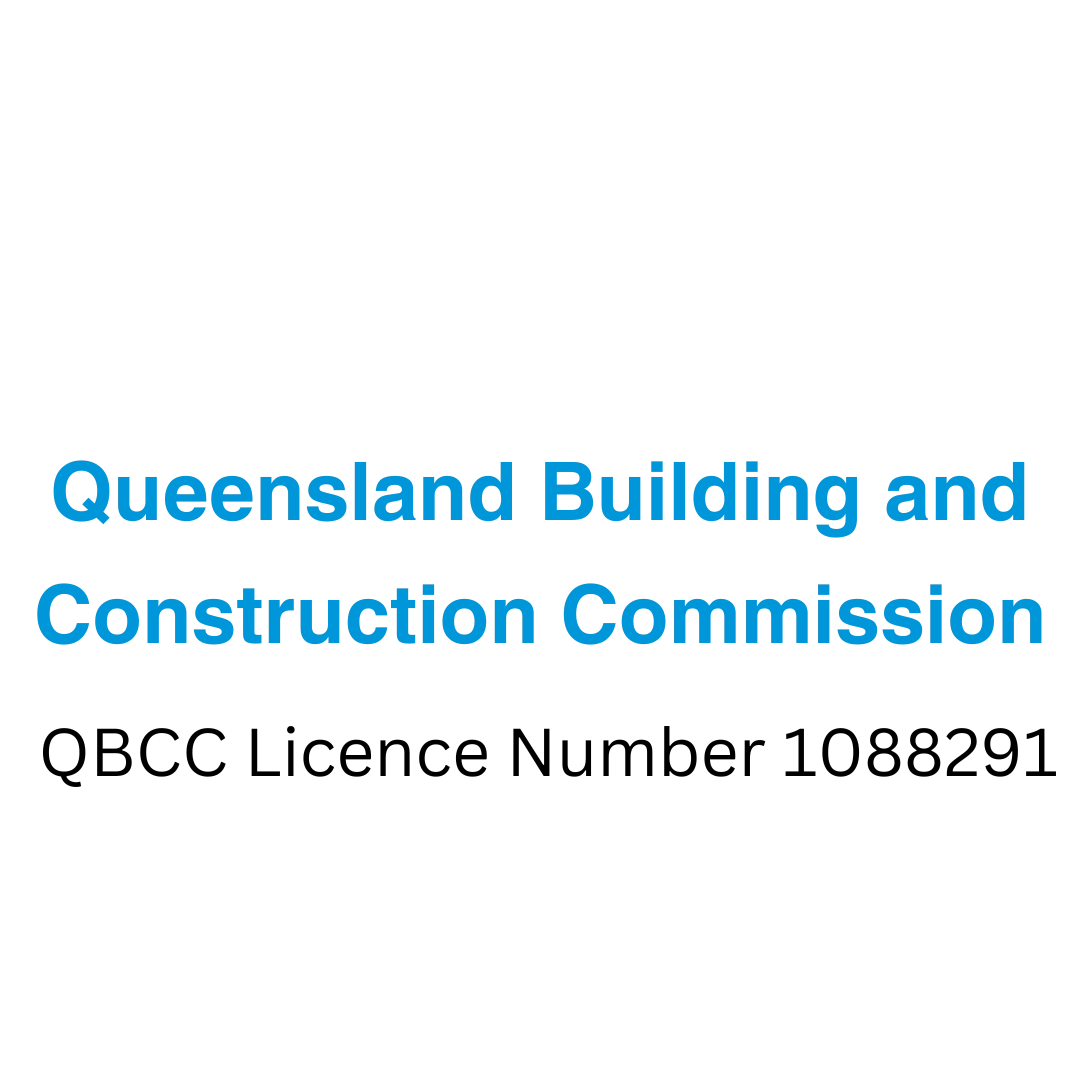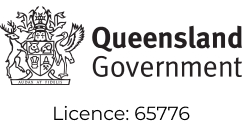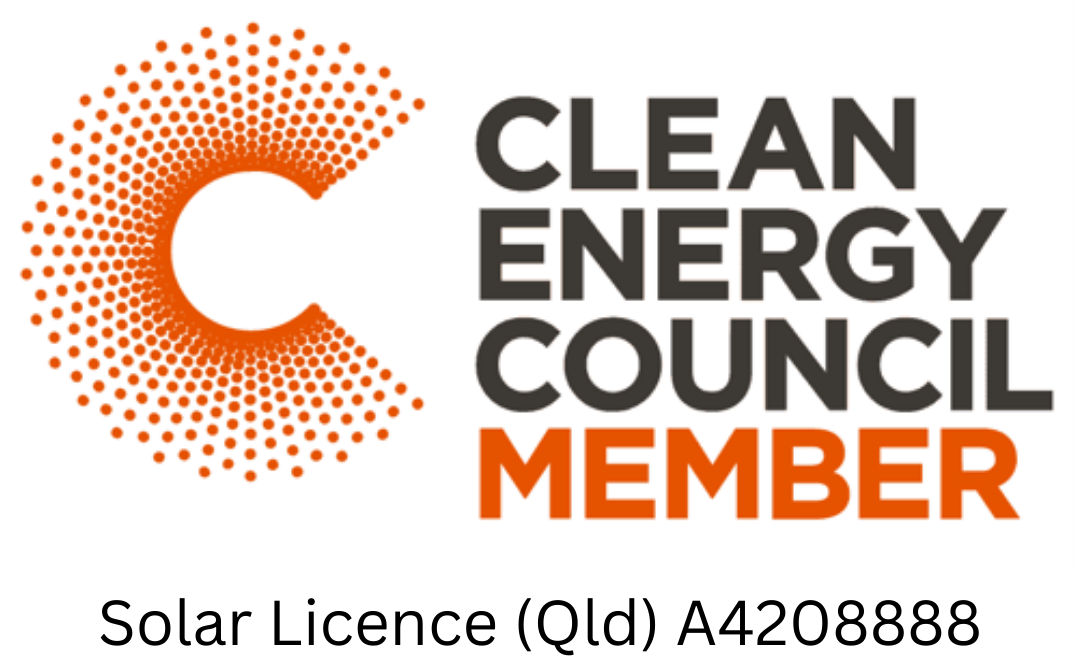5 September 2017
Heating with reverse cycle air conditioning
Looking for ways to heat your home efficiently and still save money? Here we outline the benefits of using your air conditioner to heat your home this winter.
We’re all familiar with the outdated, electric heaters of times past; with the elements that heat up and required the family to huddle around to get any benefit. Today, almost every household has at least one reverse cycle air conditioner installed. By using this unit, you can cut your heating costs by up to two-thirds of the cost of running the old electric heater.
Reverse cycle air conditioners extract heat from the outside air and transfer it inside, even on the coldest winter nights. A refrigerant is passed through the external coil, absorbing heat from the outside. The refrigerant is then pumped through a compressor into the condenser unit, which is installed inside the house, and releases its heat into the room. Up to three or more units of heat can be transferred for every unit of electricity used to run the air conditioner, thus, making your heating costs more economical.

Types of reverse cycle air conditioners
- Portable units: suitable for rooms up to 35m2, these can be moved from room to room or house to house, so they’re suited to people who are renting or who may move frequently. They are connected to a standard power point and usually consist of two separate units, inside and outside, that are connected by a flexible refrigerant line.
- Window or wall units: suitable for rooms up to 70m2, these have all their components together in one unit and are permanently mounted through an external wall or window. As the motor is located in the same unit as the internal fan, these units can be noisy to operate. However, they are the cheapest type of reverse cycle air conditioner to buy.
- Split systems: suitable for rooms up to 100m2, these are permanently mounted systems with the compressor unit installed outside and the condenser inside. The exterior installation of the compressor makes these units significantly quieter than the window/wall models. The internal unit is usually installed on a wall, however, they can also be installed at floor level, which provides optimal heating efficiency, on the ceiling or in the ceiling as a cassette. The external compressor can be annoying to neighbours if they’re excessively noisy.
- Multi-split systems: suitable for areas up to 200m2, these are a split system that consists of one external compressor, connected to multiple internal units, enabling different rooms to be heated independently.
- Ducted systems: these are designed to centrally heat or cool the entire home. They are suitable for large, open-plan homes or if you prefer to heat or cool the majority of the rooms simultaneously. Naturally, they are more costly to buy and operate, than other types of air conditioners as they are designed to heat and cool larger areas. The system consists of a heat pump; installed outside or in the ceiling space, ducting; located in the ceiling to distribute the air through vents in the ceiling or the floor, which then pass the conditioned air into the rooms, and, a return air vent or grill; to recirculate air back to the system for reheating. Filters can be attached to the grill to reduce dust circulating. It’s recommended that ducted systems be zoned, thus dividing the home into sections that can be heated or cooled separately; this can help reduce running costs by up to 50%.
- Inverter technology: this is available with most brands of reverse cycle air conditioners. The technology allows the compressor to operate at varying speeds, depending on the required output. This can help reduce running costs, particularly if the unit is running for long periods of time. Inverter technology provides faster heat-up time and maintains a more even temperature.

Choosing the right size aircon unit
Choosing the right size unit will assist in keeping your operating costs down. An undersized or oversized unit will give poor performance. It’s recommended that you get a detailed heat load survey of your home, carried out by a qualified air conditioner technician before you buy a unit.
Tips on keeping your home warmer this winter
Heating your home, for the comfort of your family, should be considered a small luxury. To help reduce heating costs and also have less impact on our environment, we give some tips on how to be comfortable and save money.
- Ensure your home is properly insulated, particularly in the ceiling.
- Draught proof your home by using draught stoppers under doors and insulation strips on windows. Close off pet doors and open fireplaces.
- Close curtains and blinds at night to trap the heat in. During the day, open them on north-facing windows to take advantage of the sun. Ensure you still have adequate ventilation for air exchange and the release of pollutants to reduce the risk of condensation and mould growth.
- Only heat the rooms that are being used.
- Close off internal doors between heated and unheated rooms.
- Don’t overheat the rooms, by setting the thermostat to only 20 degrees, you may still need a jumper but will be saving energy.
- Hot air rises, so set your ceiling fan to ‘winter’ mode by using the switch on the fan bell casing and running it at a low speed. This will help distribute the warm air more evenly.
Fallon Services can install, service or repair a wide variety of air conditioner brands. Call us today on 1300 762 260 or complete our Air Conditioning Enquiry and one of our friendly team will contact you.
Suggested articles
No articles found









